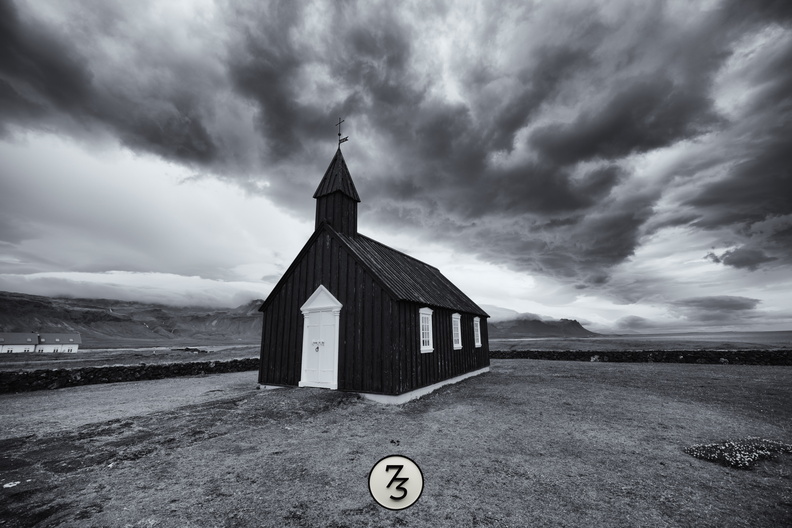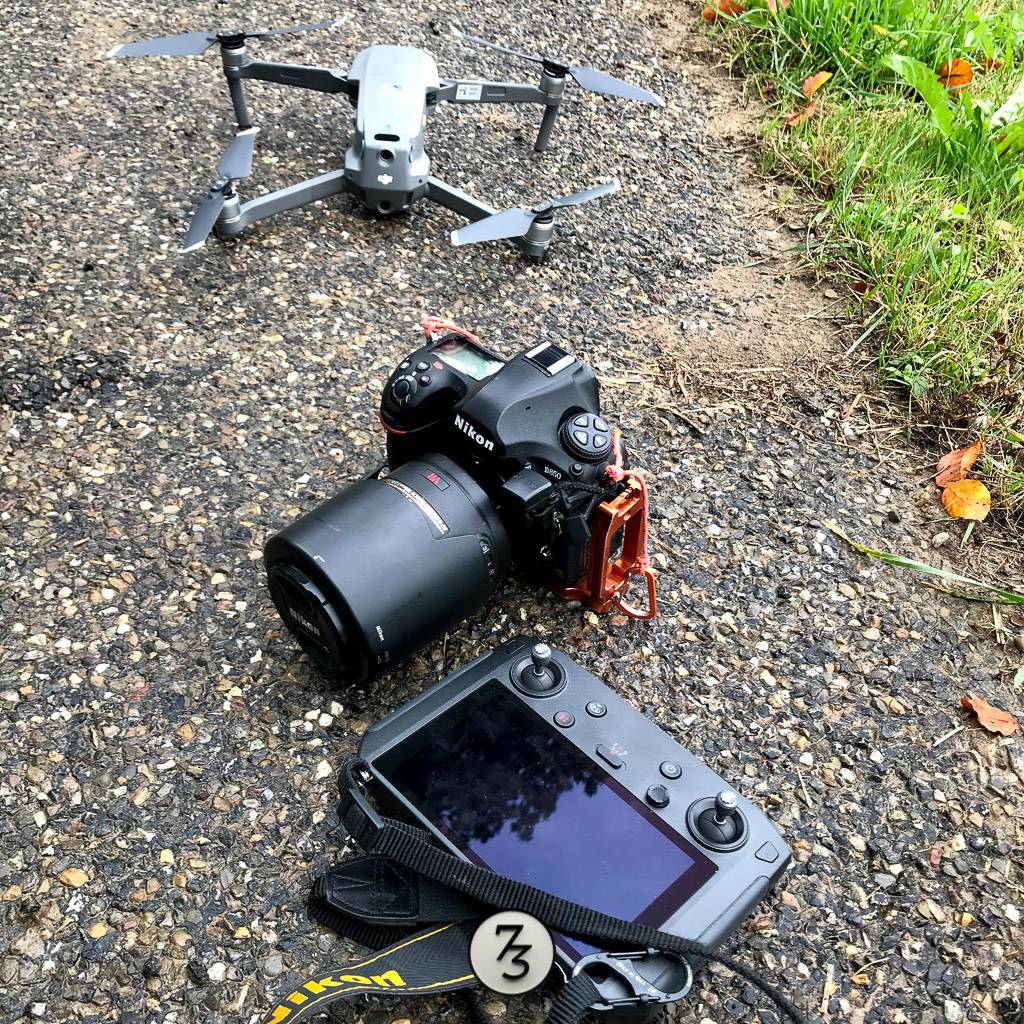
Ich habe das Glück dass ich diesen Sommer zusammen mit Stefan Foster nach Island reisen werde. Zusammen mit Acht anderen Teilnehmer werden wir eine Unvergessliche Reise durch Island machen und dem Licht hinterher jagen! In den Zwei Wochen werden wir auch zusätzlich den Vulkan Fagradalsfjall versuchen zu bereisen. Da bin ich sehr gespannt wie dies werden wird. Alles in allem haben wir ein sehr dich gedrengtes Programm, aber es wird sicher sehr spannend.
Auch das Thema Covi19 spielt bei unserer Reise eine grosse Rolle, aber wir halten uns als Gruppe an die Vorschriften von Island, und lassen uns bei der Einreise testen. So können wir gemeinsam als Gruppe ohne weitere massnahmen Fotografieren.
Was nimmt man denn auf so eine Reise mit? Einerseits will man sicher nichts verpassen, aber alles passt leider ja auch nicht in den Koffer!
Ein gutes Stativ mit Kugelkopfplatte. Die Nikon D850 und als backup die Nikon D610. Beides sind Vollformat-Kameras, und klar ist die D850 um einiges besser als die D610, aber besser als nichts!
Linsen.. Die Qual der Wahl, Stefan empfielt folgendes: 16-35mm + 24-70mm + 70-300mm
Ich Denke ich werde meine standard Linsen, 14-24mm f2.8 , 24-70mm f2.8 , 70-200mm f4 und für die Tierfotografie noch das 200-500 f5.6 mit nehmen. Das wird sicher meinen Rucksack und die 10Kg Fluggepäck überschreiten, aber was solls…
Was auch sicher mit kommen wird sind die beiden Drohnen, die DJI Mavic 2 Pro und DJI Air 2s.

Die Datenverarbeitung: Ich denke all zu viel Zeit werden wir auf der Reise nicht haben unsere Fotos zu bearbeiten, aber falls ich doch dazu komme werden meine Bilder und eventuell sogar Berichte hier auf der Webseite auftauchen.
Ich habe vieles Automatisiert, so dass die Bilder automatisch ans richtige Ort hochgeladen werden und ich sie nur noch in den Reise-Blog einfügen muss. Die Scripte haben mir schon auf unserer Weltreise sehr gute Dienste geleistet. Mit ein paar wenigen Anpassungen funktionieren sie auch mit meiner neuen Webseite!
Somit steht dem Abenteuer nichts mehr im Wege!
Bis bald
roman

